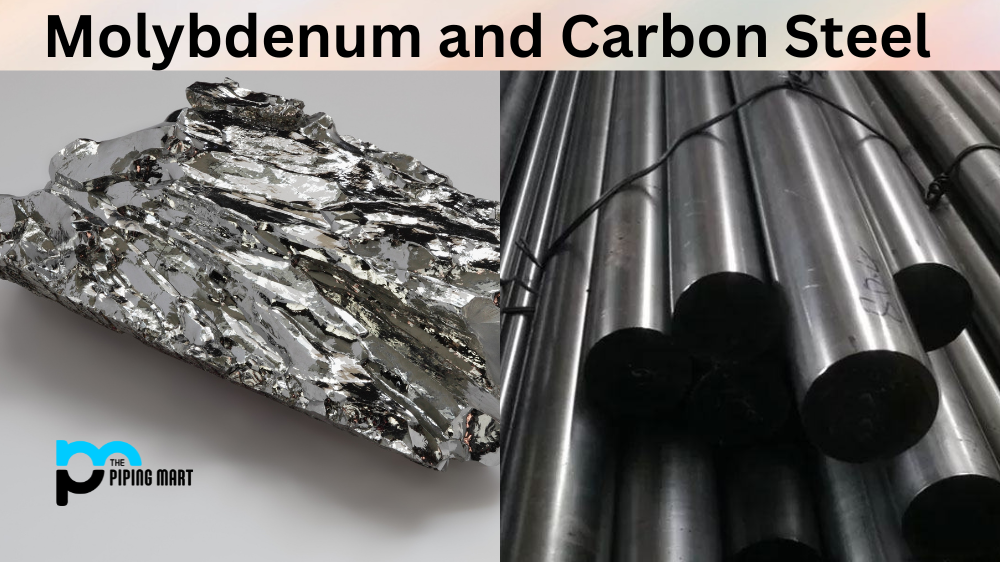Steel is one of the most crucial building materials used in various industries, from construction to automotive manufacturing and aerospace engineering. However, as advanced technologies evolve, the need for high-performance materials also increases. Molybdenum and carbon steel are two materials that are widely used in the manufacturing industry. Although both materials are excellent choices for specific applications, understanding their differences is key to selecting the right one for your project.
Differences Between Molybdenum and Carbon Steel
Composition and Properties
Carbon steel is an alloy made of iron and carbon that typically contains up to 2.1% carbon. The addition of carbon increases its hardness, strength, and durability. On the other hand, molybdenum is a silvery-white metallic element that forms alloys with iron to create molybdenum steel. An alloy containing at least 8% molybdenum offers increased strength, toughness, and corrosion resistance.
Applications
Carbon steel is commonly used in construction and manufacturing industries since it’s durable and highly versatile. It produces automotive parts, pipes, pipelines, and building structures. On the other hand, molybdenum steel is used where high strength and resistance to environmental corrosion are required. It is commonly used in the aerospace, defence, petrochemical, and chemical processing industries.
Weldability and Machinability
Carbon steel is known for its excellent weldability and machinability, making it easy to produce customized parts. However, the high carbon content of carbon steel makes it prone to brittleness and cracking during welding. On the other hand, molybdenum steel has excellent weldability, but it is more challenging to machine due to its hardness.
Cost
In terms of cost, carbon steel is generally less expensive than molybdenum steel. This is because carbon steel is readily available, involves fewer manufacturing steps, and is easier to process. On the other hand, molybdenum steel requires additional manufacturing steps and can be more challenging to process, driving up the material’s cost.
Corrosion Resistance
When exposed to moisture, air, and other environmental factors, carbon steel is highly susceptible to corrosion. Carbon steel is often coated with zinc or other coatings to increase its corrosion resistance. In contrast, molybdenum steel has exceptional corrosion resistance, making it the material of choice for use in harsh, corrosive environments.
Conclusion
In summary, molybdenum and carbon steels have unique properties, advantages, and applications. When selecting the right material for your project, it’s essential to consider factors such as cost, strength, weldability, and corrosion resistance. Molybdenum steel is ideal for applications requiring high strength and resistance to environmental corrosion, while carbon steel is a more cost-effective option widely used in construction and manufacturing. Understanding the differences between these two materials will help you make an informed decision when choosing the best steel for your project.

Meet Bhavesh, a seasoned blogger with a wealth of knowledge and experience. From metal products manufacturing to retail, Bhavesh has a diverse background in various industries and is dedicated to sharing his insights and expertise with readers.




